Monogramed on the base « HD » for Honoré Daumier.
Old edition cast by C. Valsuani (with foundry mark).
Stamped with the monogram « A.T » for Antoine Tamburro, working at Valsuani foundry.
France
Model created around 1846.
Cast around 1960
Height 19,4 cm
A similar model is reproduced in "Daumier sculpteur", M. Gobin, P.Cailler éditeur, Genève, 1952, p.40 et 247, n°40.
our web catalog link :
https://galerietourbillon.com/daumier-honore-lhomme-daffaires/
Galerie Tourbillon : Free valuation - Buy and Sell at best prices
Biography :
Honoré Daumier (1808-1879) was a French engraver, caricaturist, painter and sculptor, whose works comment on social and political life in France in the 19th century. A prolific designer, author of more than four thousand lithographs, he was best known for his caricatures of politicians and his satires of the behavior of his compatriots.
Arriving in Paris, Honoré Daumier showed a predisposition for an artistic career, a vocation from which his father tried in vain to divert him, by first placing him with a bailiff. In 1822, he became the protégé of Alexandre Lenoir. The following year, Daumier entered the Swiss Academy. He took his first steps in the field of lithography with the publisher Belliard, then produced booklets for music publishers, as well as illustrations for advertisements.
In 1830, he began a career as a political cartoonist, making lithographs for the satirical magazine "La Caricature" where he enjoyed success for his portraits of politicians of the July Monarchy. Honoré Daumier created busts modeled in colored raw earth used for his lithographs (36 of which are kept at the Musée d’Orsay in Paris). Their bronze edition is posthumous because the caricaturist did not consider himself a sculptor.
These subjects, which are in fact sketches, were moreover "unpublished" in the middle of the 19th century. They became so at the end of this same century and especially at the beginning of the next; hence the posthumous editions of Ratapoil and Emigrants, then the series of 36 Celebrities of the Golden Mean, i.e. 38 models recognized by his hand today.
In 1832, because of his caricature of Louis-Philippe represented as Gargantua, Honoré Daumier was sentenced to six months in prison and a five hundred franc fine. He continued his activity as a political cartoonist until 1835, the date of the law on press censorship, and the cessation of publication of "La Caricature". He then began by devoting himself to the satire of bourgeois morals which he continued until 1848. He targeted not only the bourgeoisie, but also the corruption of magistrates and the incompetence of the government.
Daumier painted several paintings in a style close to the social realism of Gustave Courbet. He also made several paintings on the theme of Don Quixote. From 1865, he experienced financial difficulties and left Paris. He still made political cartoons in the 1870s, but he gradually lost his sight. In 1877, he received a state pension. Before losing his sight entirely, he composed his last lithograph, Les Châtiments. His paintings were never appreciated during his lifetime. The bourgeoisie and middle classes hardly appreciated the way Daumier ridiculed them; they persecuted him and always refused to see him as anything other than a caricaturist. Daumier was the first major contemporary artist to address the fate of the oppressed by denouncing the deep reasons for their material and moral misery. In 1878 the first retrospective exhibition of his works was organized in the Durand-Ruel gallery. He died the following year.









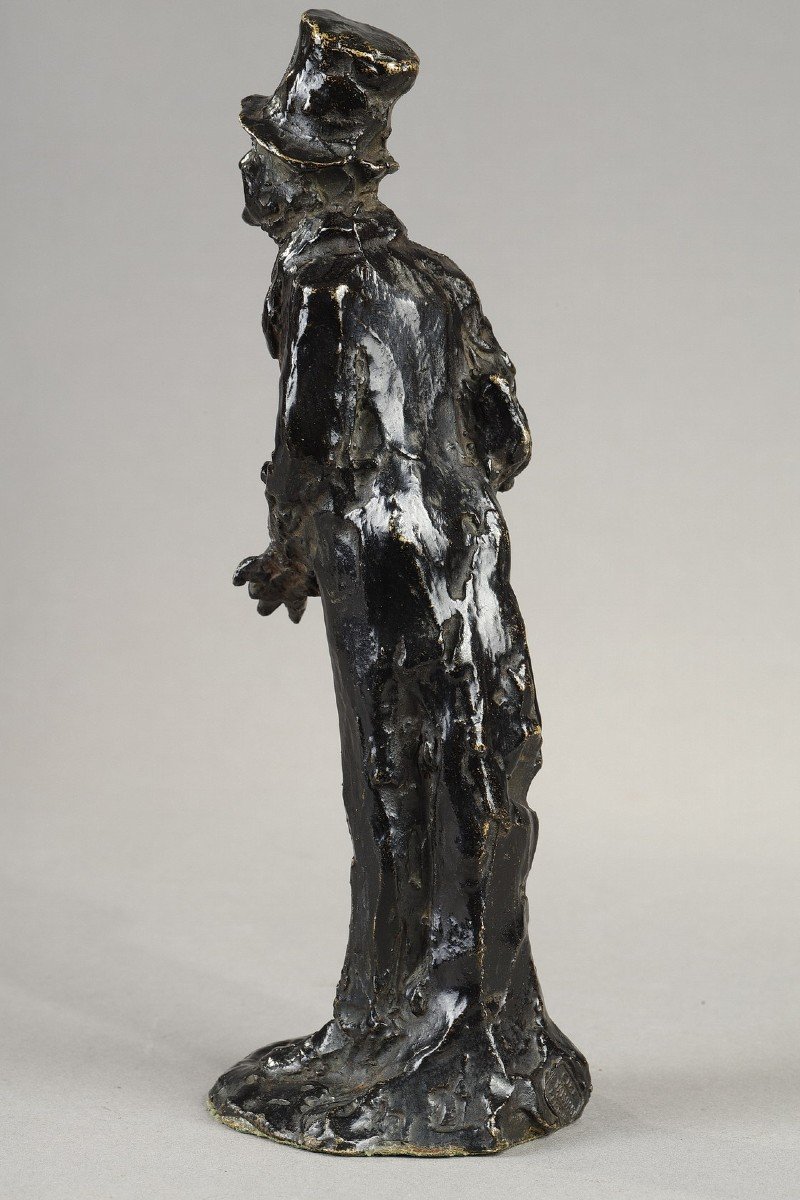


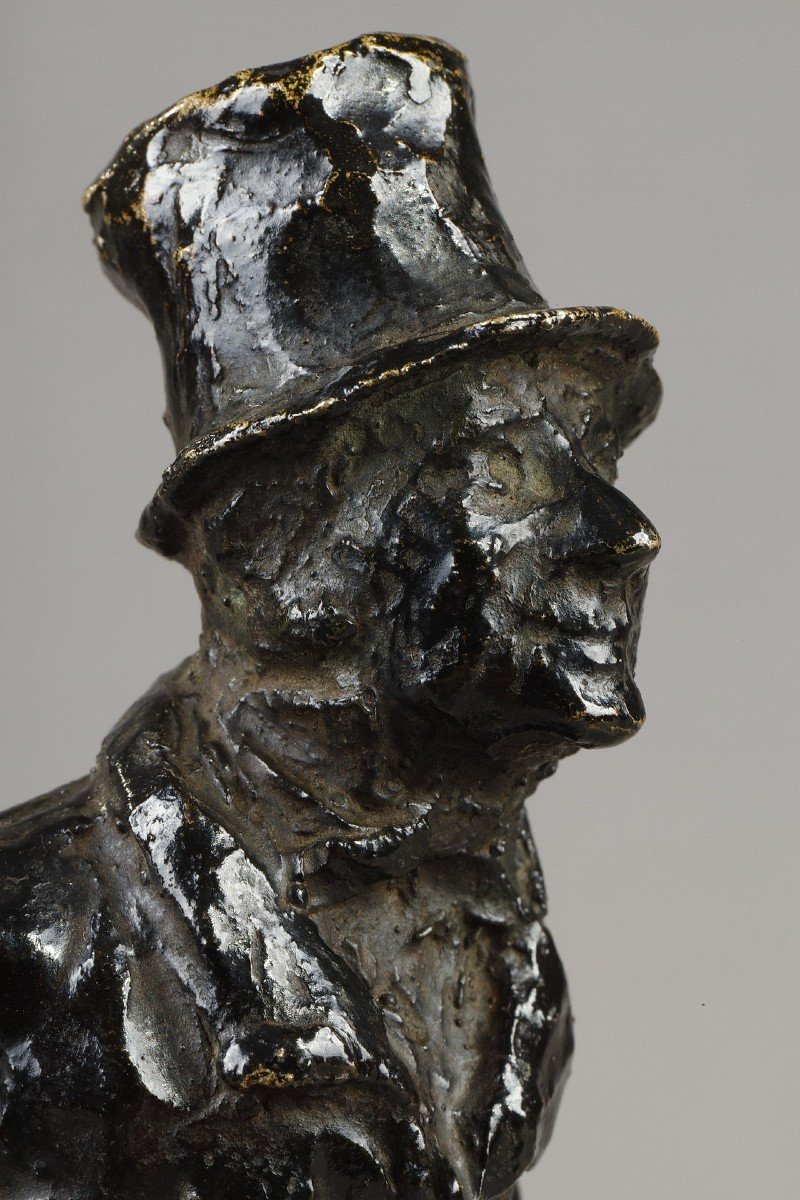

















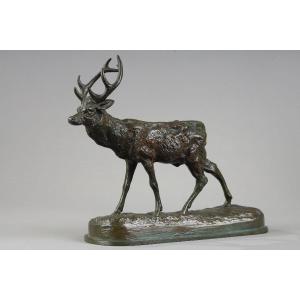












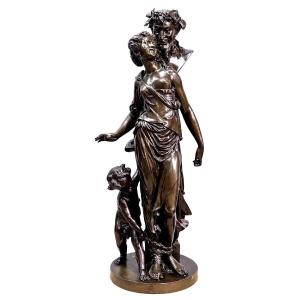

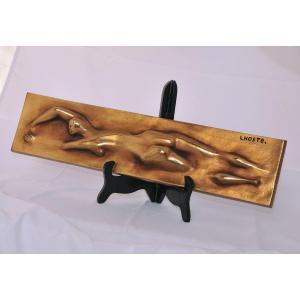





 Le Magazine de PROANTIC
Le Magazine de PROANTIC TRÉSORS Magazine
TRÉSORS Magazine Rivista Artiquariato
Rivista Artiquariato